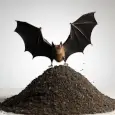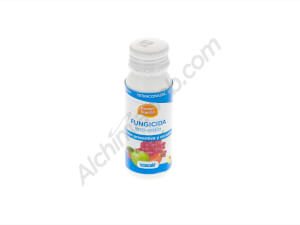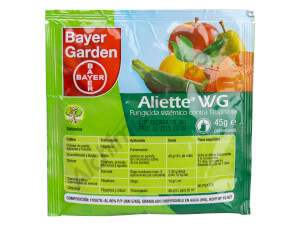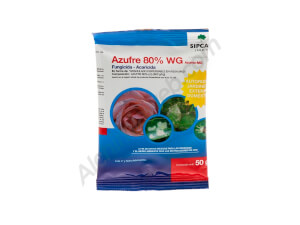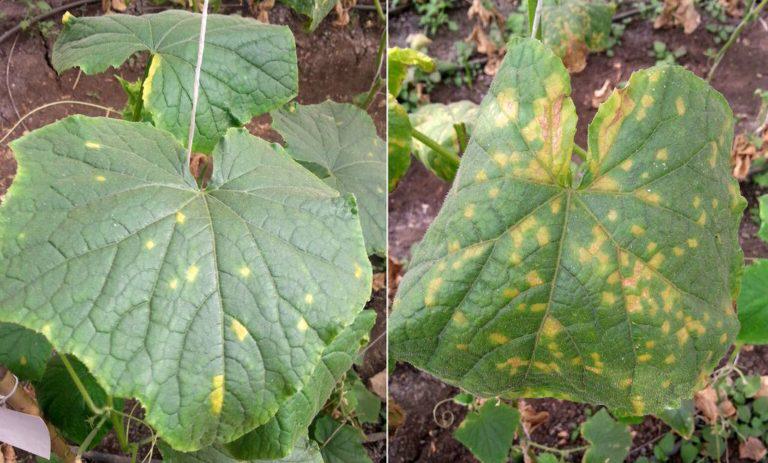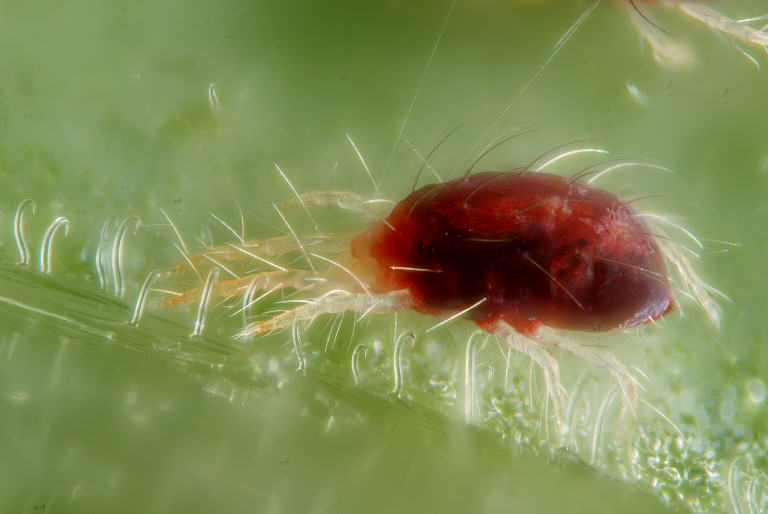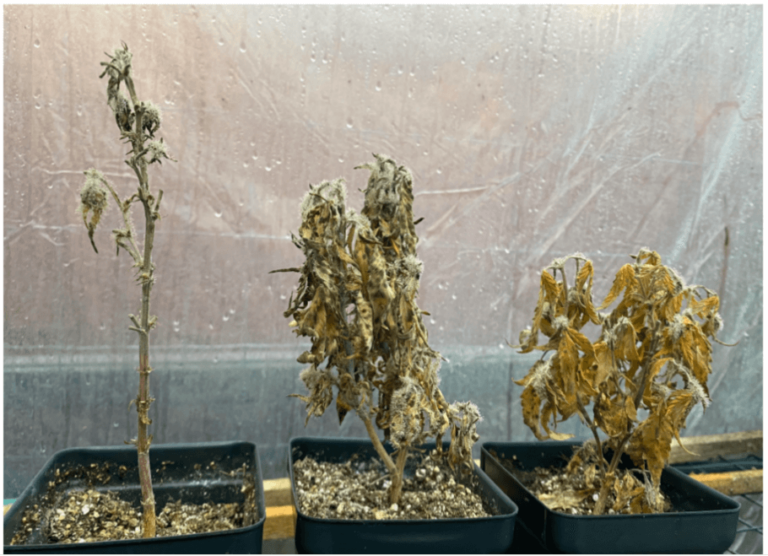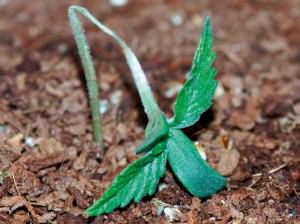Powdery Mildew and cannabis
List of contents
In recent years, the marijuana plant has become increasingly sensitive to the attack of the so-called powdery mildew fungus, also known as PM, white mold, ash, etc... It is a parasitic fungus of the erisifáceas family, which attacks the aerial parts of plants.
Although the infection is relatively easy to cure, it can have very serious consequences, since it can damage crops and make them 100% useless. In the first phase, it develops on leaves, to later move on to petioles, trunks and finally to the buds, completely destroying the resin and leaving the marijuana completely invalidated for smoking, since the spores of the fungus are solid matter that we would absorb when inhaling.
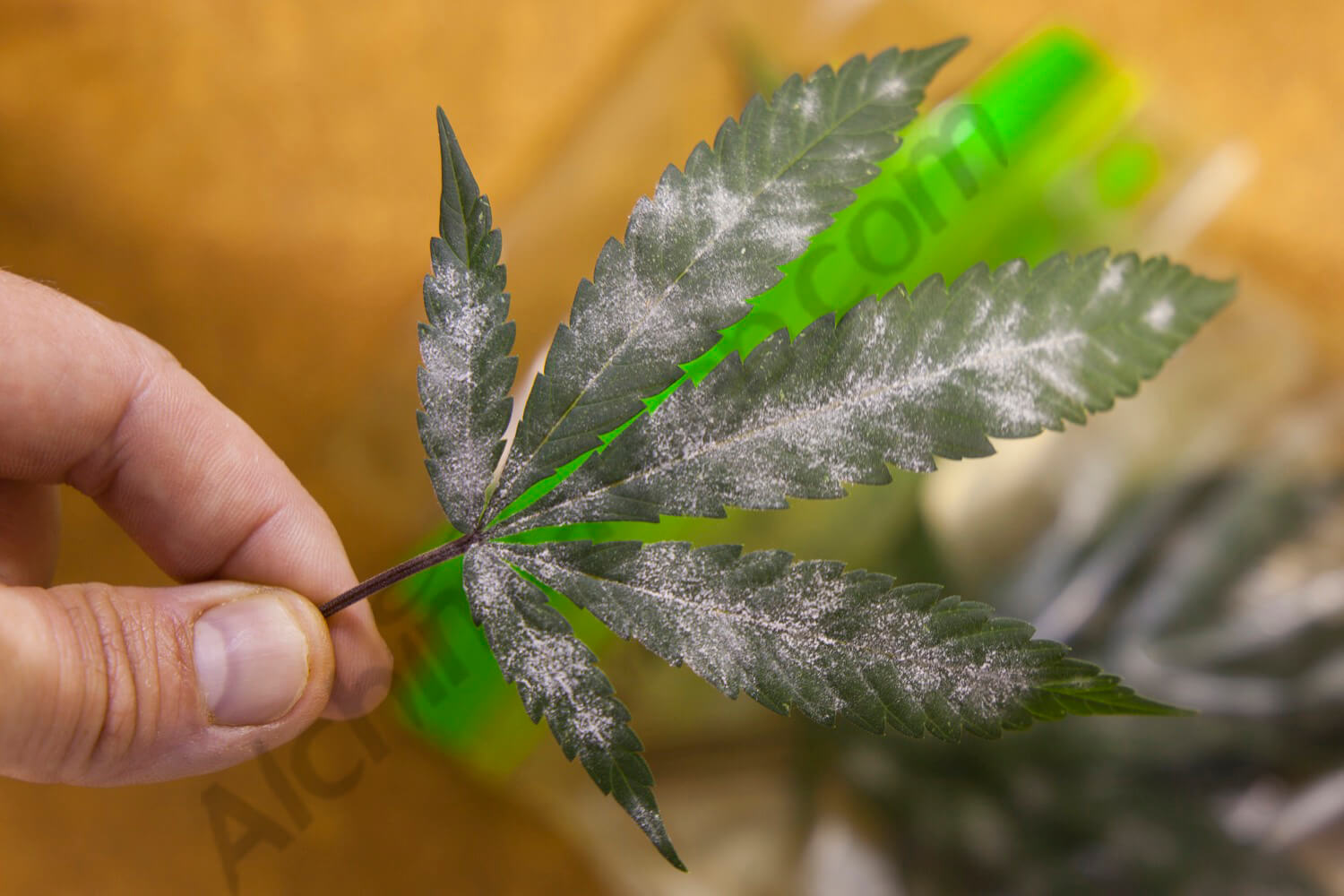
The pest affects both indoor cannabis plants and outdoor or greenhouse crops and for its propagation it needs strong hygrometric variations, suddenly going from low to high relative humidity, a situation that occurs very commonly in crops under artificial light. and in greenhouses. Outdoors, the plague is more seasonal and usually occurs more often in spring and autumn.
Powdery mildew is a fungus that is well-diagnosed. It manifests itself as a very typical white or ashy powder, which can be confused with powder on leaves and shoots. In the second phase, the attacked leaves turn yellowish in color and end up drying up.
Powdery mildew is an external fungus and its operation is very similar to that of sucking insects since its small spores are carried by the wind and when they land on a leaf they put out small roots that suck and absorb the plant's nutrients.
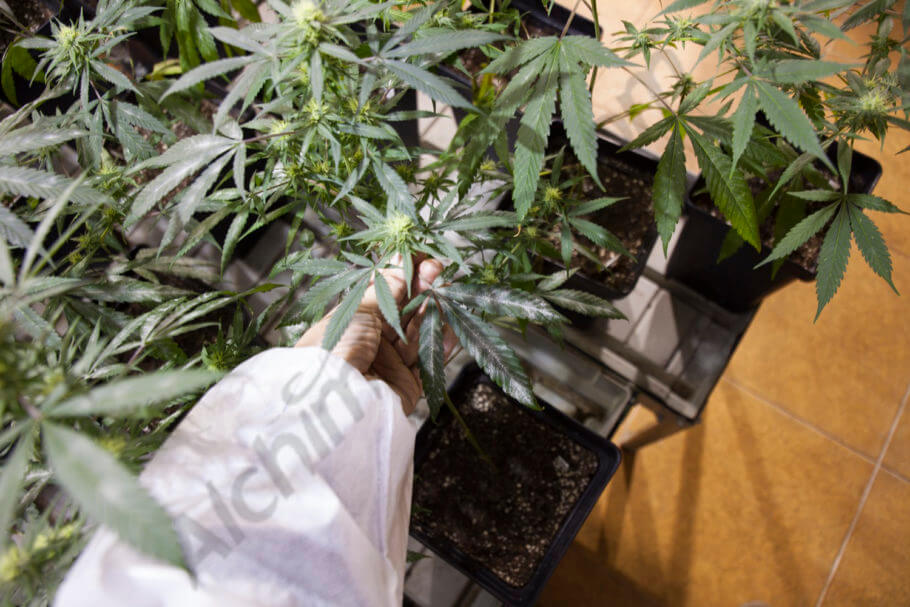
Powdery mildew in indoor cannabis crops
In indoor cultivation, as we have said before, powdery mildew is an increasingly common disease and in some cases, it is necessary to take preventive measures from the beginning of the cultivation, but what will help us the most to avoid contamination of the fungus is the Climate control of our growing space. It is about preventing the relative humidity of our growing room from exceeding 65% or falling below 40%. For this, perhaps we will need a humidifier, to avoid that with the bulbs on the humidity does not drop too much due to the effect of the heat of the bulb.
During the night rest of our plants, we should regulate the ventilation so that the breathing of the plants does not produce condensation inside the space. In extreme cases, we can resort to the use of a dehumidifier. Another detail that can help us prevent the spread of the fungus is not to put the marijuana plants too close together, since shady areas form in the lower parts of the plants that favor the appearance of powdery mildew.
If you find it impossible to avoid the ups and downs of your hygrometer, you can resort to preventive phytosanitary treatments.
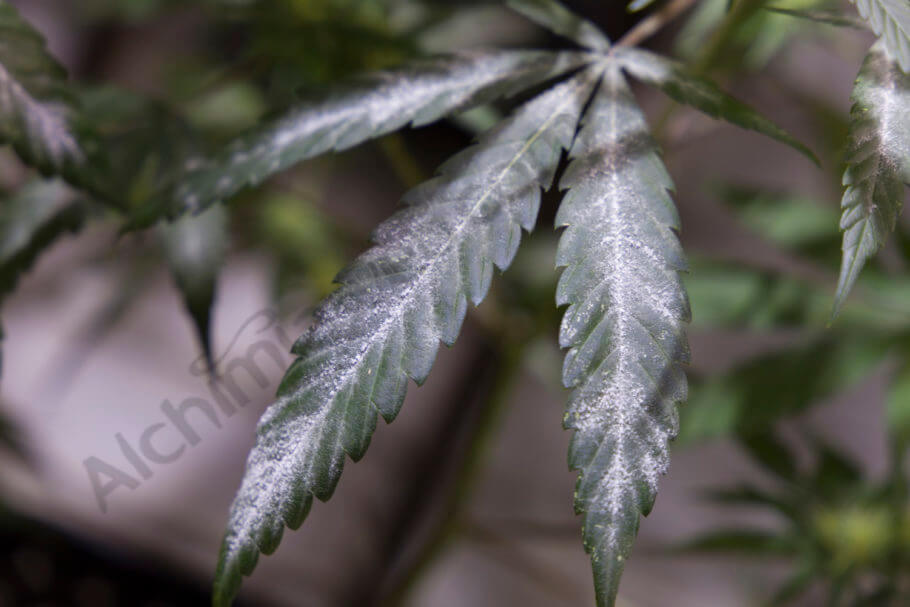
Powdery mildew in outdoor and greenhouse cultivation
In outdoor cannabis cultivation, the powdery mildew plague occurs with a certain seasonality, with spring and especially autumn being the seasons with the highest propensity to contract the disease. To try to avoid this, we must keep the plants clean of dry leaves and avoid planting them in areas with few hours of sun. If we grow in pots, it is convenient to rotate the pots so that all parts of the plants have good sun exposure. We should also avoid planting the plants too close together. It is important that air circulates between the plants.
In greenhouses, we must ensure proper air circulation inside the greenhouse. For this, it is highly recommended to install some fans inside the greenhouse that force air circulation.
In autumn it is recommended to carry out biological preventive phytosanitary treatments, especially if we live in areas where abundant fog or mist occurs.
Control and management of powdery mildew
Within the biological treatments for powdery mildew control, we can find propolis, Oidioprot from Ecoprotect, or Fytosave from Flower. They are all products of proven efficacy, but due to the high resistance of the fungus, we must carry out the treatment every 10/12 days until 10-15 days before harvest. However, as we always tell you, it is better to be proactive and use these products during growth and until the end of pre-flowering; Let's try never to spray the buds with any substance!
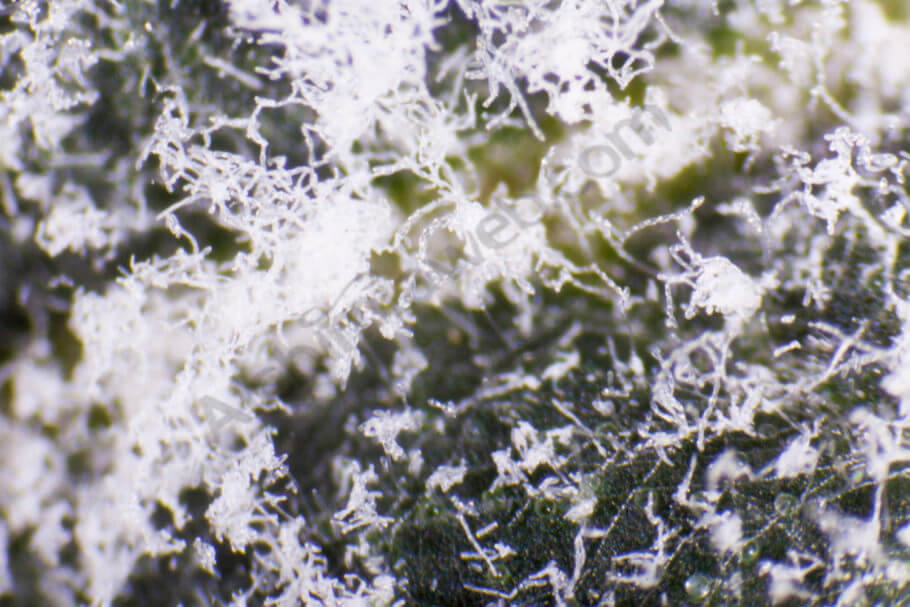
There are also other products on the market such as Oidio Killer from Agrobacterias or the anti-PM fungicide Flower, which we can also use. As always, we recommend that you keep in mind that you must respect the safety terms of any phytosanitary product that you use, if possible even increasing them.
Although the use of sulfur is recommended as a biological remedy for powdery mildew control in numerous books and garden manuals, it is highly discouraged to use it with flowering cannabis because even if we do it very early, the smell of sulfur can remain impregnated in the plant.
Happy harvest!
















































